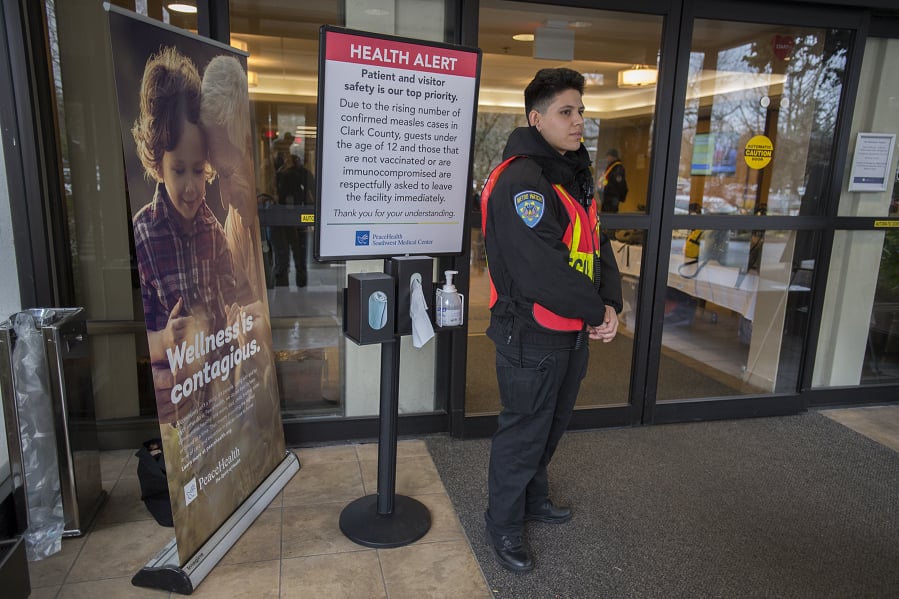The unseen costs:
“This is putting stress on the schools; think about the cost to the state Department of Health, which has mobilized, and then you have to think about the medical costs. We’ve had one child hospitalized already. Hospitalization is expensive. The doctors visits and everything else being done. What we’ve spent at Public Health is a fraction of what is being spent communitywide on this. Besides the human suffering going on, this is money that we’re throwing down the drain, that could have been put to other uses.”
How outbreak control works:
“When we have a confirmed case, it gets reported to us. We’re certainly concerned about their health, but a provider has seen them and taken care of them. We’re concerned about where they’ve been. We will interview the confirmed case and identify when their symptom onset was, and where they’ve been for the entire time they’ve been contagious — which goes from the moment their symptoms start, which generally occur several days before the onset of rash — and then you’re contagious during that time as well as four days after the rash onset. So our staff will spend time interviewing the family if it’s a child and the adult if it’s an adult, identifying every place this person had been during the contagious period and identifying potential exposure sites.”
How school outbreak control works:
“It gets pretty complicated, because not only do we have to identify what school they’re in, we also have to identify if that school shares buildings with other schools, and what bus route that child might have been on and whether that bus actually went to more than one school because you can get exposed two hours after the person with measles has left. We’re looking at half an hour before they got there as reported and two hours after they reported leaving.”
How hospital outbreak control works:
“If it’s a clinic or emergency department, we’re going to work with them to get the list of anyone who might have been in the clinic for a half-hour before and two hours after the patient with the measles case left. We will contact them, and not only will we contact them and ask them about their immunization status, but we’ll also ask them if they brought anybody with them. If you’re not immunized, we’ll start doing what we call active monitoring where we contact folks all day because we want to know whether they develop symptoms or not.”




